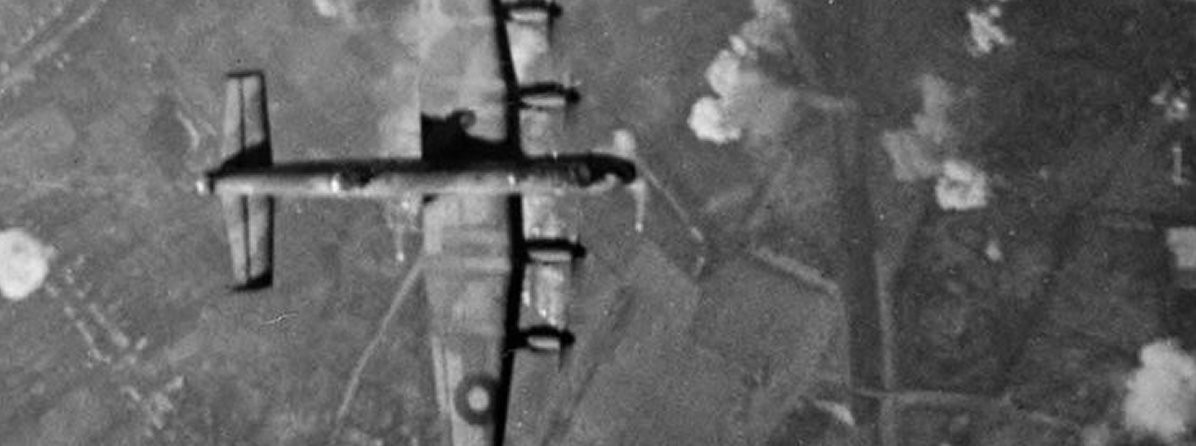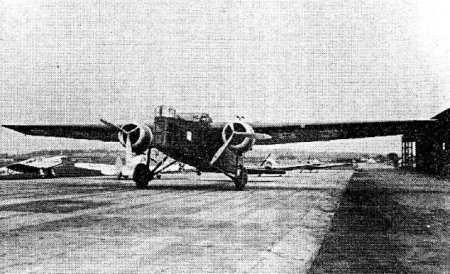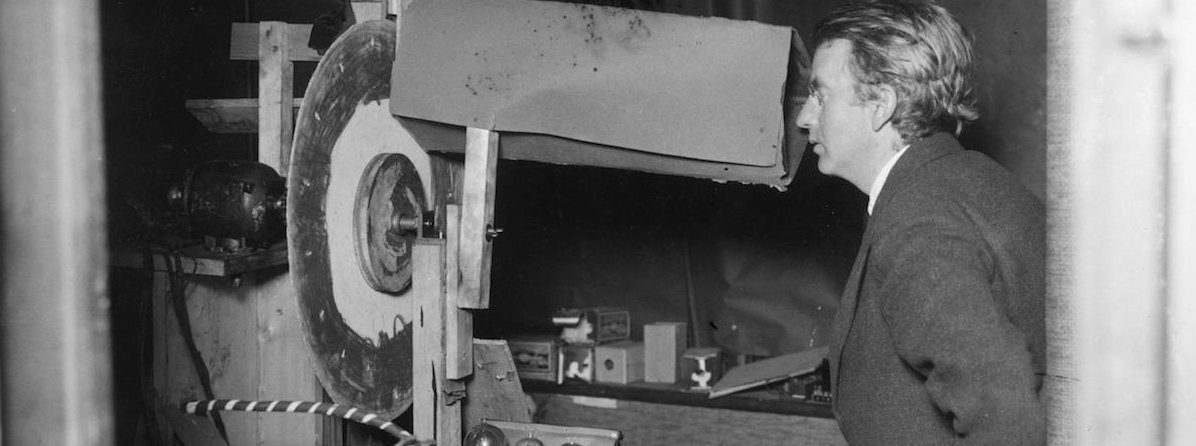
New Waves & Military Manoeuvres

Jeffrey Cohen's article was originally published in 'The Listener' and is reproduced here with the author's permission.
Numerous stories have been written about the tireless efforts of the early TV pioneers in the Twenties and Thirties. But there are gaps in the accepted history of TV; certain decisions that greatly effected TV's early development have never been fully explained. Now, some documents found in the Public Records Office and other recent researches may hold some answers, and bring into question the assumption that TV was developed specifically for broadcasting. They show that TV came about as much for defence as Dynasty.
'Seeing by electricity' had taken hold of the public's imagination as soon as 'hearing by electricity' was established in the 1890s, and by the 1920s much had been written on the subject and several dozen inventors were beavering away, patenting ideas and devices that brought closer the reality of what was now dubbed 'television'.
The documents in the PRO show that the military was quick off the mark in seeing the potential of TV in warfare. In 1923 the Admiralty decided to start its own research and development work on TV, and the file shows that the Air Ministry had for 'some time' been following 'the possibilities of television', and felt 'the time had now arrived when experimental work should be started.' Military experts soon heard about the claims of a sickly and somewhat eccentric Scottish inventor working in Hastings. That year John Logie Baird triumphantly proclaimed he had achieved television transmission.
Though reasonable images were still two years away and he had only sent crude silhouettes of shapes, using a cumbersome disc scanning system using parts from a junk shop, Baird soon had a visitor - William le Queux, who introduced himself as a journalist. However, le Queux, it appears, was frequently involved in undercover work for the government, and his purpose may have been to pass details of Baird's apparatus to the Admiralty's research team on TV at Teddington. 'I have been making abstracts of pub lished accounts of Mr J. L Baird 's work in connection with television since April 1924. I have also discussed the matter with persons who have seen his apparatus and witnessed his demonstrations,' reads a note in the file from an intelligence officer called Major Lefroy.
The military soon made their interest in TV known to Baird, and he gladly assisted them. The bulging files at the PRO catalogue the development by the military of ideas such as 'aeroplanes with eyes', but it seems their own labs were not having much success with the research, so they contracted Baird to do some of it.
In a letter to the Admiralty on the start of a new phase of development, the Baird Company even offered to withhold details of the latest equipment from the public if the Admiralty so wished. This offer demonstrates the priority the TV pioneer put on military applications of his development, and, had it been taken up, might well have delayed the introduction of TV broadcasting by the BBC. But at this time TV pictures were still very poor and much more work was needed. So the Lords of the Admiralty wrote to their counterparts in the Air Ministry in February 1926 about how further research could be stimulated: 'A perfected scheme of television cannot fail to have important bearing on many military problems,' and, they concluded , the best strategy would be to 'allow commercial interests to speed television's development'. This suggests that they realised that the way forward was to encourage the start of broadcast TV, which would increase competition to produce better pictures.
The first transmissions by Baird over BBC transmitters occurred later that year, but were very unofficial and initiated a long wrangle over whether the BBC should broadcast what were still very crude pictures without entertainment value. There has been much speculation in the past about what finally persuaded the BBC to allow Baird to broadcast nightly low-definition programmes from January 1929. Reith, on the advice of BBC engineers , was against starting TV until the pictures were of better quality, but there was much behind-the-scenes manoeuvring by the government, which until now has been hard to explain. These documents showing the military interest in TV may account for the pressure brought to bear on the BBC. It is also quite likely that military cash was crucial in allowing Baird to carry on with his own research at a time when he had not yet got any serious backers.
During the late Twenties and early Thirties, TV picture definition improved as Baird and others started moving from 30 to 60 and then to 120 lines . A newcomer, EMI, had taken a decision to abandon mechanical methods and develop a fully electronic 1V system, and they soon began to get results from a camera based on RCA's Iconoscope . A government chaired by Lord Selsdon, was set up to decide how TV broadcasting should develop, and recommended that TV pictures should be of high definition (240 or more lines), and that the rival EMI electronic and Baird mechanical systems should be used on a trial basis on alternate weeks. The trial began at Alexandra Palace on 2 November 1936. Baird managed to increase definition to 240 lines, but the camera was static and the only way to compete with EMI's nifty 405-line Emitrons was to use a film camera coupled to a one-minute film-processing machine and television picture scanner-the 'intermediary film technique '. The trial only lasted until Februarv 1937, when the EMI svstem was declared 'immeasurably superior' and the winner.
Looking back, it is puzzling that Baird's seemingly outdated system was even given a trial at Alexandra Palace. One clue might lie in the fact that the military had its own interests in keeping the system alive. It now emerges that another trial of both systems was being run in parallel and in secret by the British and French air forces at Farnborough and Hendon aerodromes. Ray Herbert was one of the Baird Company engineers who took part in the trial, and until recently he has abided by an undertaking of secrecy given at the time. He now claims that the reason the Baird system continued to interest the military, even after it had failed at Alexandra Palace, was the facility of the intermediary film technique used at both sending and receiving ends-to make a permanent film record of the pictures in just 30 seconds, something not then possible using the EMI system.
This is supported by the secret 1936 report, 'The Potential of Television in Air Operations', which had given rise to the trials: 'If it is found possible to photograph the televised images on their receipt at the ground station, the disadvantage of their impermanence will disappear . . . and the commander himself will be able to select from the objects seen.'
However, towards the end of the Thirties, the potential of TV was being seen by the military as much less important than that of a new invention, radar.
In radar's early days there were problems with its manufacture and operation, and scientists reported that it was not functioning as well in the field as expected. So the government gave top priority to getting radar up and working in preparation for impending war.
Help was at hand; radar had a close relative in television, sharing the same sort of cathode-ray tube and circuitry. Lord Orr-Ewing, who worked in prewar TV and who later became head of BBC Television Outside Broadcasts, tells of a conversation with the pre-war Air Minister, Lord Swinton. Swinton said that television was not started in 1936 for its entertainment value or to make Britain the first country with a public TV service. Rather, it was at the request of the military establishment to aid the development of radar. They wanted the British electronics industry to be familiar with the large-scale production of tubes and associated circuitry. In 1938, the Pye company even made a TV set chassis which, with some ad justments, was used as a radar display in the war. There was also the need to have a corps of engineers who were conversant with tubes and pulse techniques and could easily switch from TV to radar. Thus, nearly every engineer who had been with BBC television before it was closed down for the war in 1939 ended up manning radar stations.
Re-assessing the development of television, it is impossible to gauge precisely the extent to which decisions about broadcasting were being influenced by the military, but, at the very least, it is a factor in television history that has never been fully appreciated. From a contemporary standpoint, when military research and development is criticised for using half the nation's science funds, for expending the efforts of half the scientists while failing to find civilian applications for their developments. it is interesting reflect that this tale is rather different: the military strategy was successful, and we got television.
Article: Jeffrey Cohen
Next Article: John Logie Baird - Television, Secret Experiments, Sabotage, Lies
